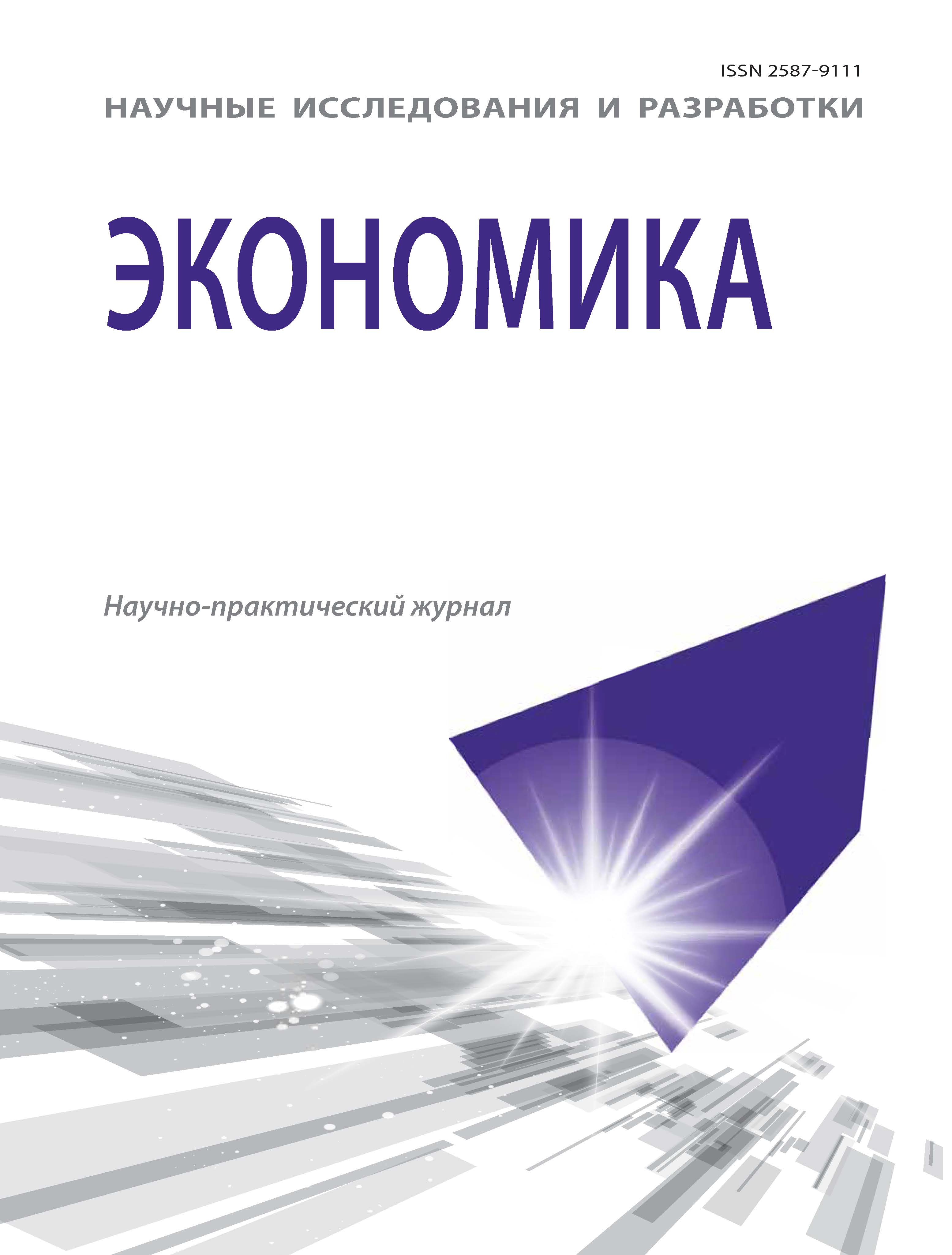Tula, Russian Federation
The article presents the results of the analysis of Greek and Portuguese economic dynamics in order to identify Kondratiev waves, to divide them into periods, and to determine the point of originating ofnew technological modes. in Greek economy,the analysis of the time series of real GDP per capita for 1913–2008 revealed the presence of economic dynamics’cycles with a period of approximately 50 years, which can be identified as Kondratiev cycles (waves).The regression analysis of the time series of Greek and Portuguese real GDP per capita allowed to determine the date of beginning of the fourth and fifth half-waves of Kondratiev cycles and the date of origin of the fifth and sixth technological modes in Greek and Portuguese economies. The obtained results of the analysis showed that the origin of the fifth technological mode in both economies occurred in the 1950s, the sixth — in the late XX century. The results of the research may be used in order to construct models of technological modes’ productivity in Greece and Portugal.
economic dynamics, business cycle, Kondratiev waves, trend,regression analysis, technological modes.
Работа выполнена при поддержке гранта РГНФ № 15–02–00369.
Настоящая работа посвящена результатам исследования волн Кондратьева и их связи с доминирующими технологическими укладами в экономической динамике развитых стран, направленного на прогнозирование инновационного развития экономики России на основе моделирования технологических укладов.
В рамках данного исследования был проведен анализ экономической динамики Греции и Португалии — стран, входящих в тройку государств — членов Европейского союза, в наибольшей степени затронутых европейским долговым кризисом, начавшимся в 2010 г. и распространившимся на зону евро. Данный кризис вызвал серьезные политические и экономические последствия в отдельных странах и Евросоюзе в целом.
Источником кризиса суверенного долга европейских стран считают кризис рынка государственных облигаций Греции в 2009 г. Примечательно, что кризис Латинского валютного союза, который объединял ряд европейских стран в 1865–1927 гг., тоже начался с долговых проблем Греции.
1. Averina T.N. The results of the research of Portuguese cycles of economic dynamics. Izvestiya TulGU. Ekonomicheskie i yuridicheskie nauki [Proceedings of Tula state University. Economic and legal science]. 2015, I. 4-1, pp. 335-340. (in Russian)
2. Akaev A.A. Large business cycles and Shumpeter-Kondratieff innovative-cyclic theory. Ekonomicheskaya nauka sovremennoy Rossii [Economic science of modern Russia]. 2013, I. 2 (61), pp. 7-29. (in Russian)
3. Basovskiy L.E. The Kondratieff cycles and technological modes in the economy of Russia and industrialized countries. Nauchnye issledovaniya i razrabotki. Ekonomika [Scientific research and development. Economics]. 2014, V. 2, I. 4, pp. 4-10. (in Russian)
4. Basovskiy L.E. The Kondratieff cycles in the economy of developed countries. Nauchnye issledovaniya i razrabotki. Ekonomika [Scientific research and development. Economics]. 2015, V. 3, I. 5, pp. 9-13. (in Russian)
5. Lavrov S.Yu. Macroeconomic basis of cyclic economic development in modern conditions. Zhurnal ekonomicheskoy teorii [Journal of economic theory]. 2014, I. 1, pp. 122-134. (in Russian)
6. Tsirel´ S.V. Kondratieff waves in Russia and other countries. Kondrat´evskie volny. Aspekty i perspektivy [Kondratieff waves. Aspects and prospects]. Volgograd, Uchitel´ Publ. 2012, pp. 361-372. (in Russian)
7. Maddison A. Historical Statistics of the World Economy: 1-2008 AD. Available at: http//www.ggdc.net/maddison/Historical_Statistics/horizontal-file_02-2010.xls (accessed 24 December 2015).






